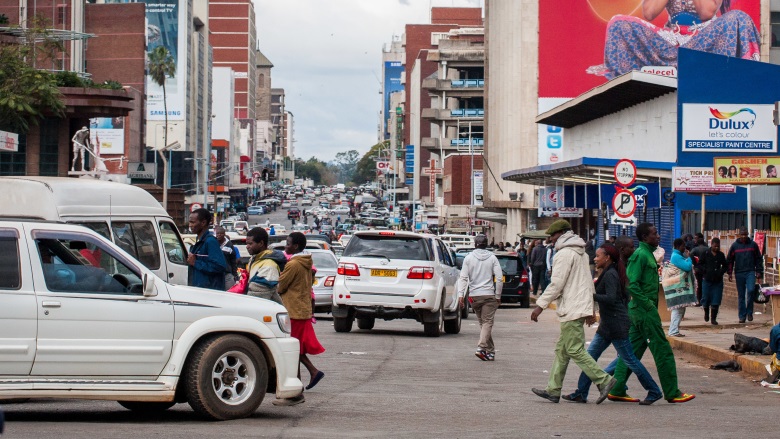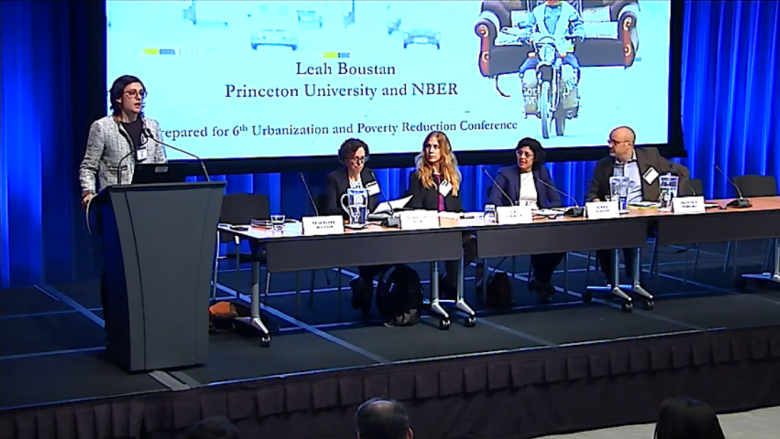According to Boustan, mobility in the developing world is still low relative to the large potential income gains. Top-down government programs to relocate people have often led to poor outcomes and unintended consequences. Instead, Boustan pointed to modest nudges as a better option. In Bangladesh, for example, a small grant led to a large increase in seasonal migration and a 30 percent increase in consumption among those who migrated. Removing barriers such as housing restrictions or more direct internal controls on movement can also create opportunity for many.
But even when people find their way to cities, a lack of mobility may still prove to be an obstacle. Efficient and affordable transportation between housing and jobs is critical.
“Transportation costs are a huge constraint,” said Edlam Abera Yemeru, Chief of the Urbanization Section of the United Nations Economic Commission for Africa. “They directly impact the way in which workers in African cities are able to be part of the productive economy.”
Research on government investments in transportation from opposite ends of the globe demonstrate just how important good planning can be. Nick Tsivanidis, an Assistant Professor at UC Berkeley, presented his research on Bogota’s TransMilenio, the world’s largest Bus Rapid Transit (BRT) system. TransMilenio started operations in the 2000s, and Tsivanidis found that the city’s investment has more than paid for itself, with benefits both in time saved for commuters and improvements in people’s choice of housing and place of work.
Conversely, research on Jakarta’s BRT system reveals a missed opportunity. According to Alex Rothenberg, an Assistant Professor at Syracuse University, the city’s BRT has done little to alleviate its formidable traffic congestion. His research shows that travel times increased along BRT corridors, the system had little impact on reducing vehicle ownership, and the BRT makes up only about 6 percent of the city’s transportation mode share. Poor design is likely to blame— many routes do not have dedicated bus lanes and underinvestment in sidewalks means that residents have a hard time accessing the system.
While transportation investments are a concrete way to make cities accessible, less visible factors can still limit economic inclusion for disadvantaged groups. In a study of markets in Lusaka, for example, Glaeser and his co-authors found that women entrepreneurs disproportionately bear the burden of weak rule of law—a big reason that women earn half of what men earn on average. Indigenous solutions can help remedy these disparities. In the case of Lusaka, market chiefs can provide minimum standards of justice.
Gender disparities can also have broader effects on society as a whole. In research on Brazil, Juan Pablo Chauvin, a Research Economist at the IADB, found that gender segmentation in labor markets means that increases in demand for labor in male-dominated sectors leads to a higher wage gap between men and women and higher housing costs for everyone.
A lot has been learned in the six years since the conference began, but this year in particular highlighted the promise of deeper insights into urban policymaking using new troves of data.
“The world of urban economics research has been evolving rapidly,” said Aart Kraay, Director of Research at the World Bank. “One factor is an explosion of new types of data that can shed light on policy questions, including big data from sensors, satellites, and cell phones.”




